New Zealand has been on my bucket-list since I was younger. I remember seeing pictures of the vast landscapes and all of the weird and wonderful wildlife that calls this place home. I decided to travel in April 2024 – partly due to circumstance – but also as it coincided with the shoulder season between summer and winter. This created the perfect balance with brilliant autumnal colours, many sunshine-filled days and not many visitors.
I decided to travel on the Kiwi Experience bus, which takes a route over North and South Island and gives you the flexibility to hop on and off wherever you choose! The company have an app which allows you to book accommodation, buses and activities directly, which makes the whole process so easy! I travelled on the Working Holiday Pass route and added the Milford Explorer day trip. I met so many great people along the way, and new people are always hopping on.
The animals of New Zealand were definitely one of the main attractions for me, however until I visited, I did not fully understand which species I had a chance of spotting in the wild or coming close to. So, I have put together this guide with a list of animals which you may also have a chance of seeing on your trip to New Zealand!
– Dusky Dolphins
Dusky dolphins can be found year-round along the east coast of the South Island. The species is confined to the southern hemisphere, with large populations occurring around South America, South-West Africa and New Zealand. During the summer months, these dolphins tend to spend more time closer inshore. Whereas in winter they are found further offshore and tend to spread over a wider area. These dolphins are very playful and regularly can be seen doing backflips into the water.
WHERE: Kaikoura – I’d highly recommend the swimming with dolphins activity.
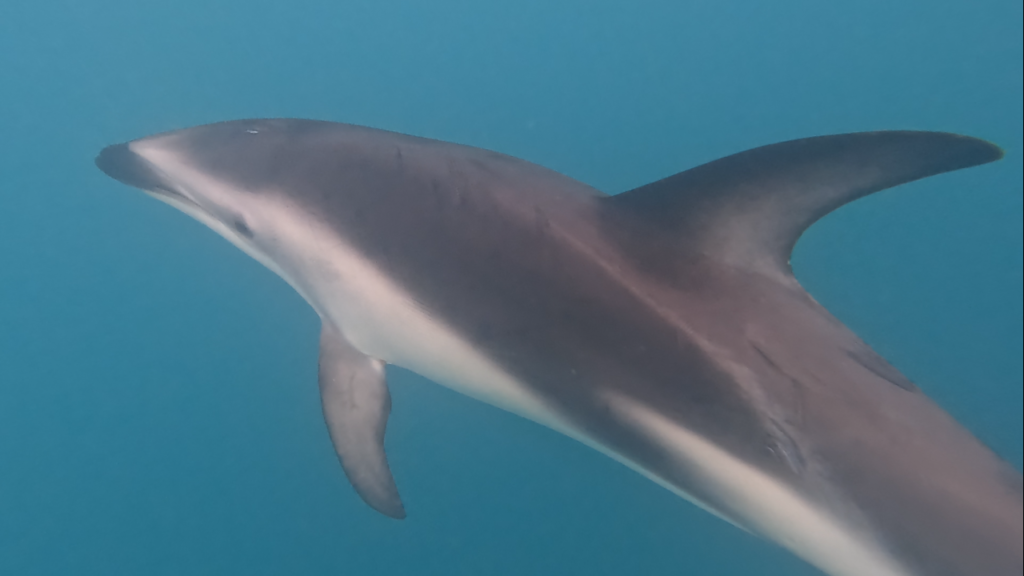
– Hector’s Dolphins
Hector’s dolphins are endemic to New Zealand, and are the world’s smallest oceanic dolphin. They are found around the South Island, with main populations in Banks Peninsula, around Akaroa and the Kaikoura Peninsula too. Similarly to the dusky dolphins, these dolphins like to play and are very friendly.
WHERE: Akoroa
– Sperm Whales
Some of New Zealand’s most studied sperm whales are residents of Kaikoura, thanks to a 2km deep ocean trench which creates a diverse and abundant food resource for these whales. Only male sperm whales are found in Kaikoura’s waters, with females and young found in warmer, tropical water. Kaikoura is also part of a migration path for other whales, including humpbacks. Humpbacks can usually be seen from June – August.
WHERE: Kaikoura – Whale Watching Tour
– New Zealand Fur Seals
These seals are a common sight across the coastal waters of New Zealand. They can often be spotted on rocky shores along the West and East coasts of the South Island. There are many colonies which can be easily found along the coast, with some being playgrounds for young sealswho are learning to swim in shallow pools. Make sure you never enter the space between a seal and the water, as they will often feel threatened and stressed.
WHERE: Kaikoura, Coromandel Peninsula, Cape Foulwind, Milford Sound
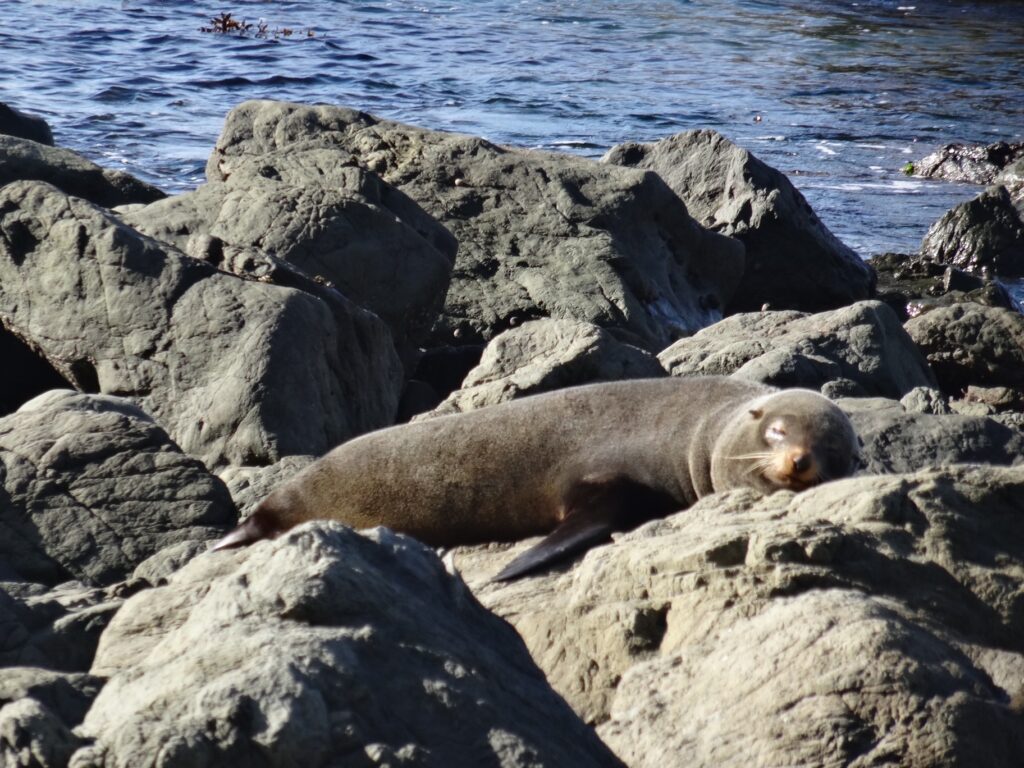
– Penguins
There are 13 different penguin species which have been recorded in New Zealand, with 9 species breeding here. Habitat loss and climate change have forced some of the penguins out of their natural range. And predators such as stoats, ferrets and rats have proved difficult for penguins which nest on the land. In Akaroa you can see the White-flippered penguins which are variants of the Little Blue penguin. These are the easiest to reach on the bus route, but have a look at other species the further south you go!
WHERE: Akaroa
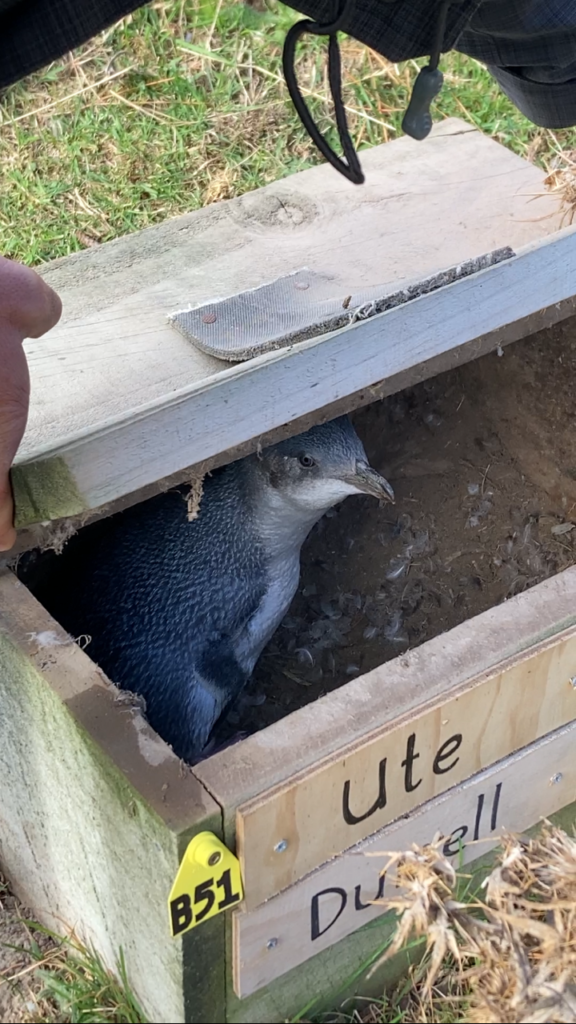
– Stingrays
Three species of stingray can be found in New Zealand’s waters, including the long-tailed, short-tailed and eagle-ray.
WHERE: Coromandel Peninsula, Wellington Lagoon
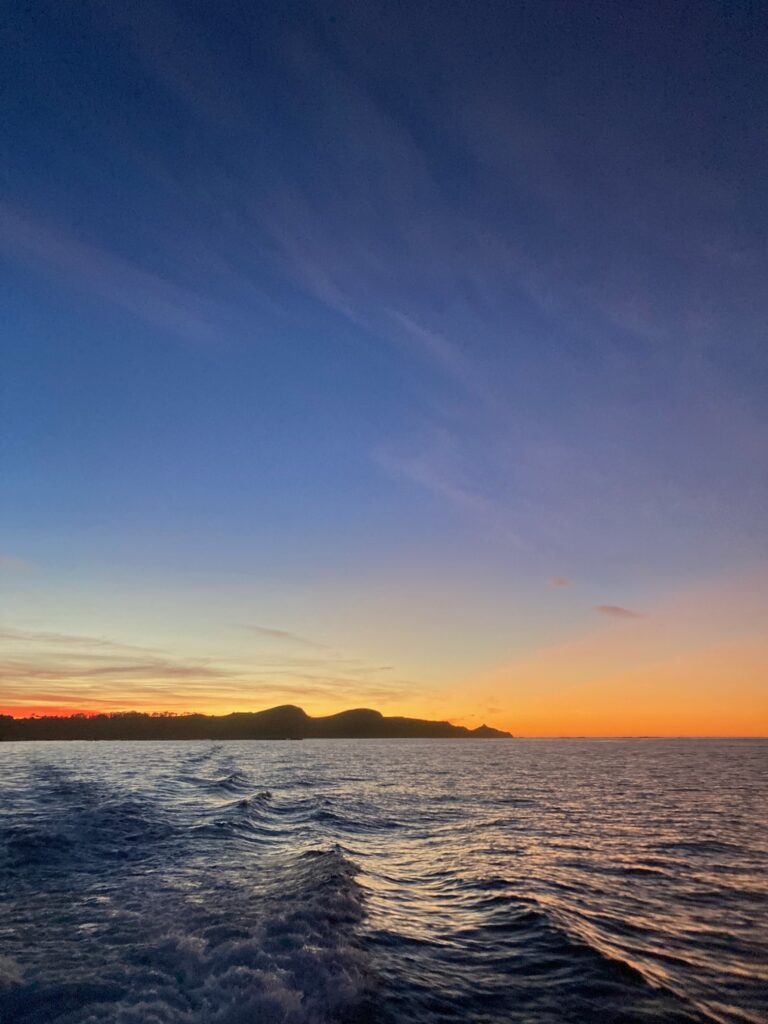
– Kiwis
Kiwis are the national bird of New Zealand. They are nocturnal, so many attractions offer you to view them in nocturnal houses. They are threatened by ground predators including rats. However, they can be found in larger numbers in predator-free areas, including Zealandia in Wellington and offshore islands.
WHERE: Nocturnal houses in the Kiwi Park, Franz Josef Wildlife Centre, Zealandia. Predator free islands off of the coast of New Zealand, including Stewart Island.
– Parrots – Keas and Kākā
Both are large and notoriously clever parrots which can be found in New Zealand, with Kea being alpine parrots and Kākā being forest-dwelling parrots. There are fewer than 7,000 wild keas and 10,000 wild Kākā left in the world, with both being endangered.
WHERE: Keas in Milford Sound, Mount Cook and Arthur’s Pass. Kākā in native forests and offshore islands. Many found in Zealandia, Wellington.
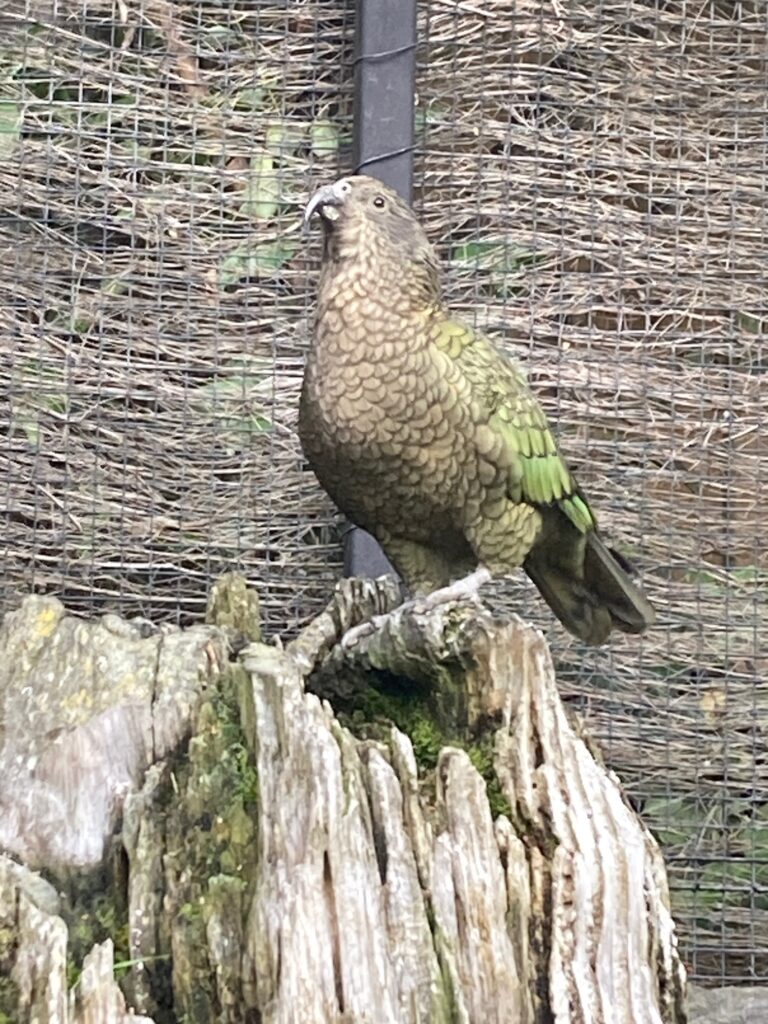
– Other birdlife
New Zealand is home to 206 species of birds, including 46% which are endemic and 76% are native. The others occur elsewhere or are introduced. The diversity of birdlife is noticeable as soon as you set foot ina park or garden. The fantails, tui, bellbird, silver eye, paradise ducks, saddleback and tomtits are some of a few I spotted on several walks and in Zealandia.
WHERE: Zealandia, Bay of Islands, Kiwi Park

– Tuatara
Tuatara are rare reptiles which are only found in New Zealand and are under threat from predators. There are thought to be around 100,000 left in the world (all in NZ) and were also around at the same time as the dinosaurs. They possess a third eye on top of their head which is thought to be sensitive to light and inform time of day and season.
WHERE: Zealandia, Kiwi Park

– Glow Worms
Glow worms are larvae of fungus gnats which have a bioluminescent property which allows them to glow. They are found in caves, grottos and native forests. They are carnivorous and feed on other smaller insects by laying their silk webs which attract them.
WHERE: Waitomo and other caves across New Zealand.

– Wētā
Wētā are invertebrates endemic to New Zealand. There are over 100 species in New Zealand, with 16 at risk of becoming extinct. They are nocturnal and live in a variety of habitats including grassland, forests and caves. In the food chain, they are thought to take the role of rats and mice found in other countries. However, they are under threat through habitat destruction and predation.
WHERE: Akaroa, Zealandia

These are just a handful of species which you may encounter on your trip to New Zealand. They may be some of the most well-known or those you are most excited to see, but know for certain, there is much more too!
With thanks to the Kiwi Experience.
